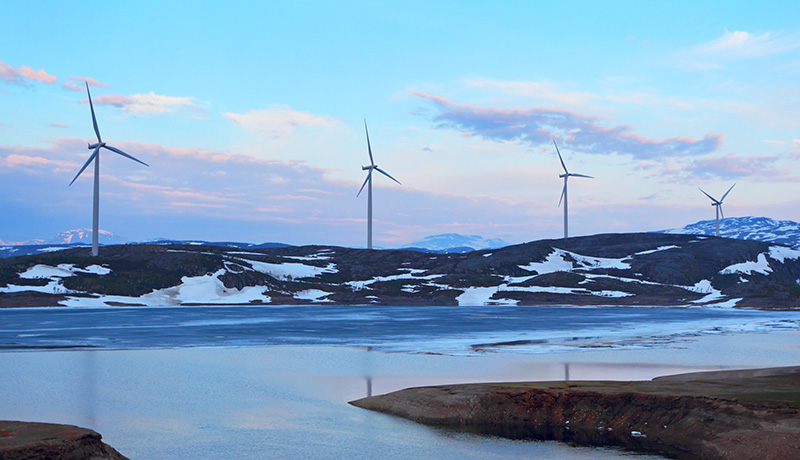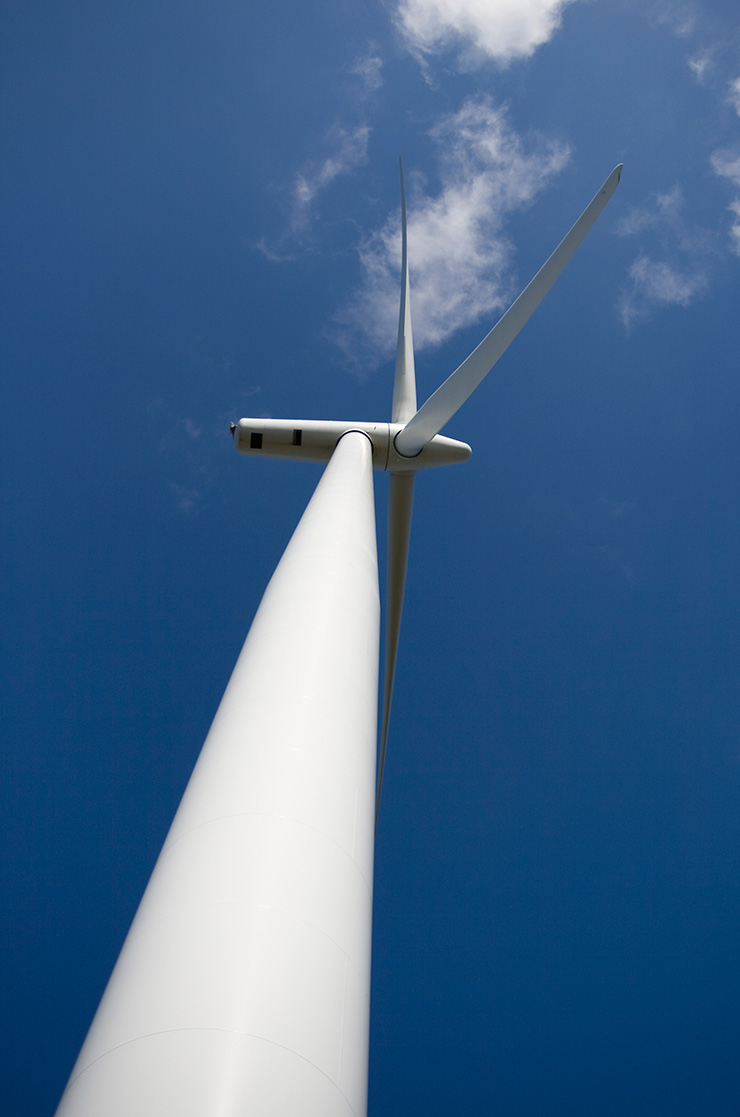
How can we defend nature and act on local weather change? Within the wake of heated debate in Norway over wind energy improvement, vitality researchers from Norway’s largest college and Scandinavia’s largest unbiased analysis institute supply politicians some ideas.
This weblog put up is republished by permission from Gemini, reporting on analysis information from NTNU and SINTEF in Trondheim, Norway. The unique article written by Johan Hustad, Director, NTNU Power, and John Olav Giæver Tande, Chief Scientist, SINTEF, is right here.
NTNU and SINTEF play an vital position within the Norwegian public debate. They’re tasked with contributing and sharing data in order that it may be put to make use of and contribute to the better good of society. That is why we now have gathered our collective data from the breadth of our skilled environments, in order that we are able to put wind energy improvement right into a sustainability perspective.
Norway is within the midst of transitioning to be a low-emission society. Our perspective is that as a lot as potential, all vitality improvement must be consistent with the UN’s sustainability objectives. Based mostly on these objectives and on our analysis, we provide the next suggestions for sustainable improvement of wind energy in Norway:
1. Calculate nature’s intrinsic worth
The usage of all places – onshore and offshore – should take sustainability under consideration, and nature’s intrinsic worth should play a better position in socio-economic calculations.
Learn extra: Hydropower in Norway
In Might 2019, the UN professional nature panel (IPBES) got here out with a report displaying how people have an effect on nature and that we at the moment are dropping species and variety at document pace. Human exercise is threatening a million species, modifications in land use being the primary purpose.
In August 2019, the UN local weather panel (IPCC) revealed its Particular Report on Local weather Change and Land, which factors out that local weather options should more and more incorporate sustainable land use practices. Plastics and different unfavourable impacts likewise drastically threaten the ocean setting.
Win-win measures which might be balanced and take into consideration each pure range and the necessity for local weather motion should be recognized. Cautious land planning and good siting of onshore and offshore wind farms can cut back unfavourable results and the conflicts between nature, wildlife and enterprise pursuits.
Norway has the know-how to plan and develop initiatives that defend the setting, equivalent to energy era that takes nature under consideration, and it ought to proceed to spend money on analysis and improvement to create new sustainable improvements and options.

2. Strengthen folks’s involvement and engagement
Determination-making processes and affect assessments ought to contain and have interaction the broader inhabitants to a better diploma than they do now. Transitioning to a low-emission society requires efficient transition methods and local weather coverage, which encompasses rather more than technological improvement. It additionally requires a significant societal change. Understanding how most individuals relate to local weather methods and measures is a crucial a part of addressing local weather change.
Society wants a extra clear, open and complete decision-making course of. As wind energy improvement happens, the authorities and companies ought to have interaction and contain the overall inhabitants in growing, planning and assessing the impacts of wind energy each on- and offshore.
3. Develop floating offshore wind energy in Norway NOW
Offshore wind energy is a crucial a part of a sustainable vitality system for the longer term. In its Sustainable Improvement Situation, the Worldwide Power Company (IEA) expects wind energy to be the second largest international vitality supply in put in capability by 2040, and the most important when it comes to delivered vitality.
The IEA expects that onshore wind vitality will proceed to dominate, however with robust offshore wind improvement, with development from right now’s degree of 16 GW to over 350 GW (1200 TWh) by 2040.
The technical potential for offshore wind is greater than 100 occasions better than presently exists. In a research, NREL (USA) states that offshore wind might probably ship 192 800 TWh per yr, which is the equal of eight occasions the world’s electrical energy provide in 2014.
Floating wind generators have nice potential since they are often positioned in deep water areas, offering the flexibility to faucet into monumental wind assets and to have much less battle with different pursuits in siting the generators.
Creating a Norwegian home market might be vital as a studying area for sensible testing and drawback fixing, as a foundation for reference and for growing market experience on this new business.
Norway’s offshore wind data and expertise give the nation an edge in reaching new markets and driving prices down in order that offshore wind is worthwhile. To keep up this benefit, Norwegian business should develop even smarter and higher options, which requires efficient interaction between business, training, analysis and innovation.
Norwegian business’s robust knowledge-based and technological aggressive benefit in floating wind farms is partly because of its petroleum business and maritime experience.
Norway’s foremost areas of experience are with chassis, maritime operations, operation and upkeep, sea cables, and surveillance and administration techniques. Examples of its pioneering position within the discipline are the set up in 2009 of the world’s first full-scale wind turbine, Hywind, exterior Karmøy municipality, and the development and operation of the world’s first floating wind farm, Hywind Scotland, in 2017.
Our advice is for Norway to reap the benefits of this aggressive benefit now.
Continued Norwegian funding in offshore wind with R&D and a improvement programme will assist cut back the price of floating wind energy. It will result in elevated international improvement, extra clear vitality and can contribute considerably to reaching local weather targets. Norwegian exports of expertise and electrical energy will create each worth and new jobs.
Norwegian companies and business have set a goal of reaching a ten per cent market share for Norwegian firms within the international offshore wind market by 2030. That is equal to growing Norwegian exports in offshore wind tenfold – from NOK 5 billion to NOK 50 billion.
That is thought of life like, however would require a dedication and ramping up by business of each fundamental and utilized analysis within the discipline.
This weblog put up is republished by permission from Gemini, reporting on analysis information from NTNU and SINTEF in Trondheim, Norway. The unique article written by Johan Hustad, Director, NTNU Power, and John Olav Giæver Tande, Chief Scientist, SINTEF, is right here.
